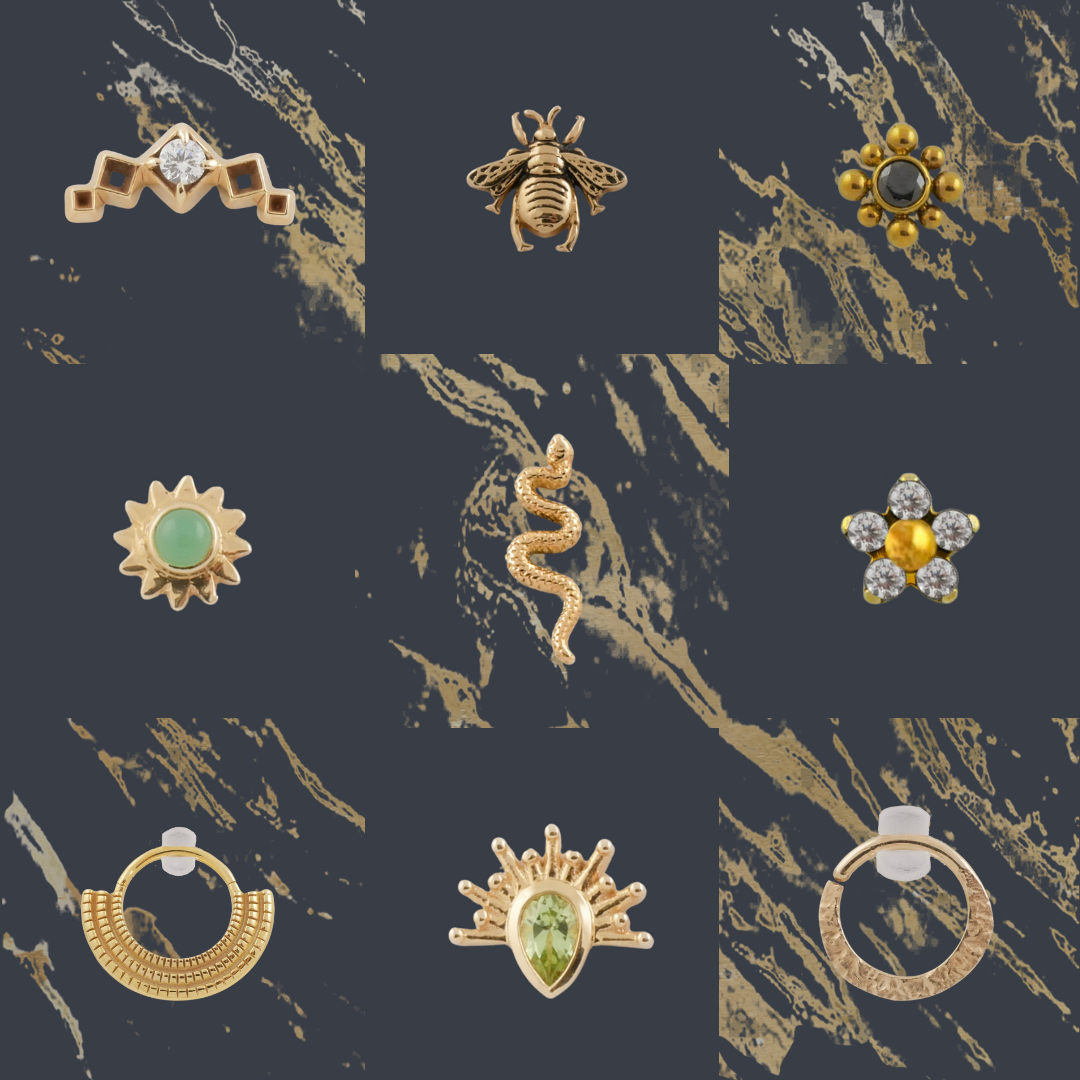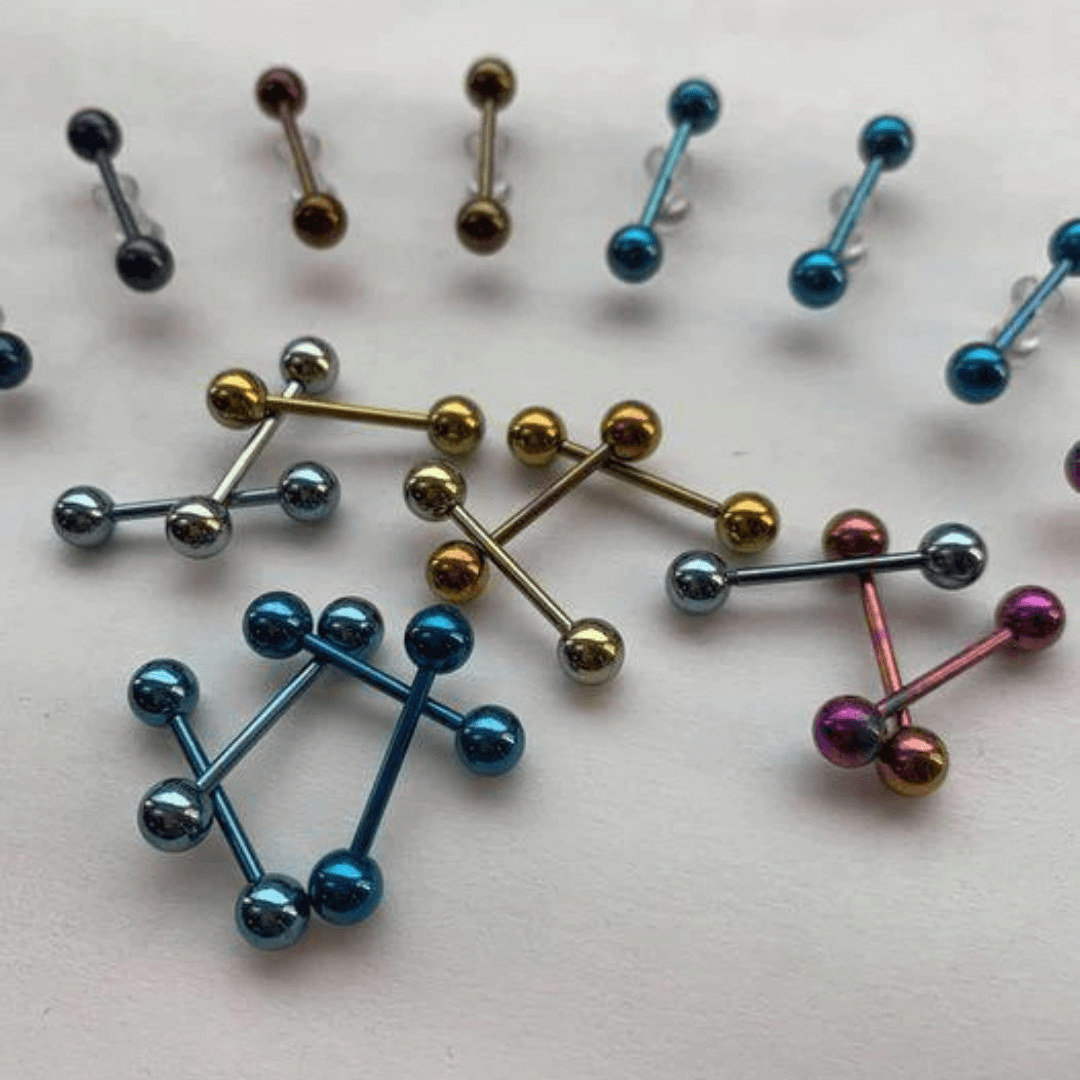History and Piercing
We often talk about piercing as a recent fashion and... That's completely false!
It was a thread from @AgeMoyen on Twitter that finally motivated me to talk to you briefly about this subject; and for the most passionate/curious among you, I strongly invite you to obtain the book “ Piercing, sur les traces d'une infamie medievale” by Denis Bruna which includes many very interesting illustrations!
Nowadays, piercings are rather well accepted in our society, or at least more and more accepted and democratized. Apart from a few hackneyed remarks, we are doing much better than 20 years ago!
But let's go back a little because for many centuries piercing was a mark of infamy throughout Europe in general. Yes, several centuries!
For example, we can find earrings (dedicated almost exclusively to the lobes) in the tombs of European nobles from the 6th century until the 8th-9th century when their traces seemed to disappear.
Several reasons according to @AgeMoyen:
At the time, metal was expensive; and we can also think that given the overall hygienic conditions, people understood that having their skin pierced was a good way to get an infection... and therefore to die.
Obviously this is a big difference with our current times: titanium is very accessible and we no longer die as easily from an infection (and if you take the care that we tell you, getting an infection is bad). times :p).
But the main reason why piercing fell into the domain of infamy around the 9th century comes to us from the Bible "You shall not make an incision in your flesh [...] nor a mark on your body" ( Leviticus, 28).
It is probably this last point which explains why piercing is gradually associated with marginal figures. At the painter Bosch, for example, piercings are worn by unsympathetic people (executioners, beggars, prostitutes...) as you can see in the paintings above/below.
We continue with AgeMoyen: “ In the West such marks are used as signs of infamy: in the 15th century, Jewish women in northern Italy had to wear earrings so as not to be confused with honest Christian women. .. At the time, a liar was punished by the piercing of the tongue, a thief by the incision of the lobe of an ear, prostitutes were branded with a hot iron: the integrity of the body was the symbol of integrity of the soul. »
Earrings (on the lobes only) became fashionable again and became commonplace from the 16th century onwards for both men and women, unlike other piercings which were always infamous. A return to fashion worn among others by Henri III.
Please note, this is only a superficial analysis which concerns Europe only; we can discuss the origins and perception of piercing in the world later in another publication. This will also be superficial because the idea is to interest you in the subject, not to give you a lecture accompanied by a corpus of 450 pages and 600 references ;)
If you want to dig deeper into the subject, you can turn to the work by Denis Bruna recommended in the intro, you will also find very comprehensive articles on the internet!


